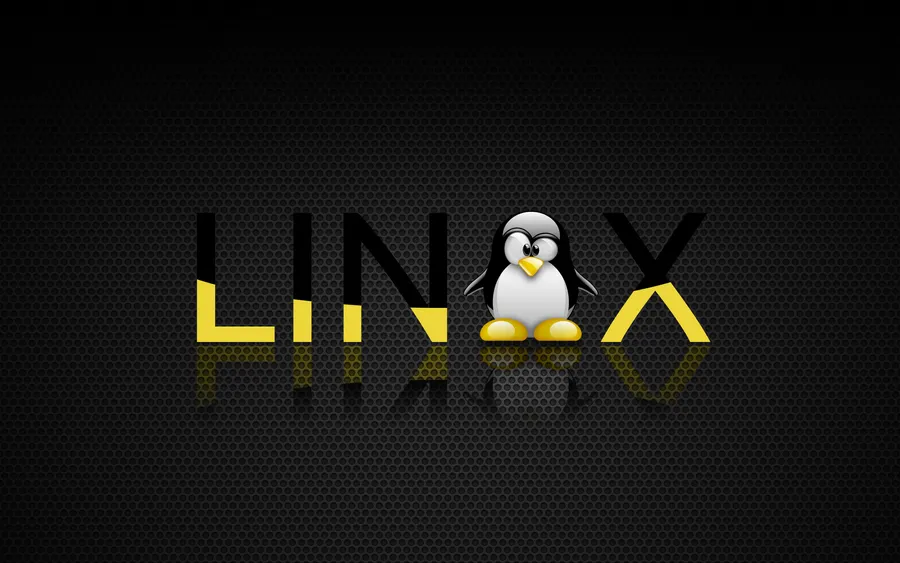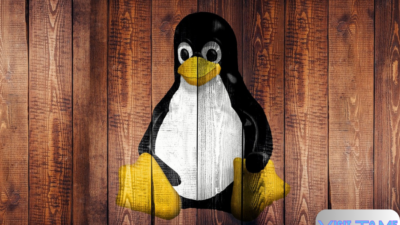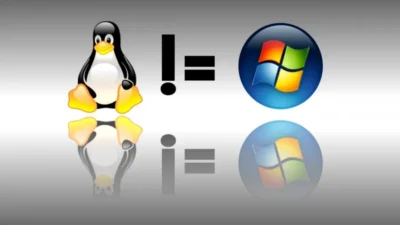What is LinuxOperating System?
Linux is an open-source, Unix-like operating system kernel that powers millions of devices worldwide. It is the backbone of servers, embedded systems, cloud computing, and even personal computers. Originally developed by Linus Torvalds in 1991, Linux has since grown into a powerful, versatile, and secure platform, widely adopted by enterprises, developers, and tech enthusiasts.
History of Linux Operating System
The journey of Linux began when Linus Torvalds, a Finnish computer science student, started developing an operating system kernel as a hobby project. Inspired by the Unix operating system, Torvalds sought to create a free and open alternative. By 1992, Linux had been combined with GNU software, forming a complete operating system known as GNU/Linux.
Over the years, Linux has evolved into a robust, scalable, and highly customizable system. With the contributions of developers and organizations worldwide, it now serves as a critical component in enterprise environments, web hosting, and cybersecurity.
Key Features of Linux Operating System
- Open Source – Linux is free to use, modify, and distribute.
- Security – Linux is known for its strong security features, including user permissions, firewalls, and encryption.
- Stability and Performance – It can run for months or years without requiring a reboot.
- Multi-User and Multitasking – Multiple users can operate on a single system simultaneously.
- Customization – Users can modify the source code, change the desktop environment, and tailor the system to their needs.
- Lightweight – Linux can run on older hardware efficiently.
- Support for Development – Preferred by developers for coding, scripting, and DevOps applications.
- Wide Hardware Compatibility – Works on desktops, servers, IoT devices, and supercomputers.
Linux Distributions
Linux is available in various distributions (distros), each catering to different users and use cases. Some of the most popular Linux distributions include:
1. Ubuntu
Ubuntu is one of the most user-friendly Linux Operating System distributions, making it a great choice for beginners. It offers a clean and modern interface with long-term support (LTS) releases, ensuring stability for businesses and personal users alike. It is also widely used in cloud computing and server environments due to its vast software repositories and strong community support. If you’re transitioning from Windows, Ubuntu provides a smooth and intuitive experience.
2. Debian
Debian is a highly stable and secure distribution, making it a top choice for servers and critical applications. It is the foundation for many other distributions, including Ubuntu, and is known for its reliability and vast software library. Debian follows a rigorous testing process, ensuring that only well-tested packages are included. If you are looking for an enterprise-level operating system or a rock-solid Linux Operating System experience, Debian is an excellent choice.
3. Fedora
Fedora is a cutting-edge Linux Operating System distribution sponsored by Red Hat, aimed at developers and technology enthusiasts. It incorporates the latest innovations and software updates, making it ideal for those who want to stay on the forefront of technology. Fedora is also widely used in enterprise environments, particularly for development and testing. If you enjoy working with the newest software versions and experimenting with new technologies, Fedora is a great fit.
4. Arch Linux
Arch Linux is a minimalist, rolling-release distribution designed for advanced users who want full control over their system. It follows a “do-it-yourself” approach, allowing users to build a custom Linux Operating System environment from scratch. Arch is known for its extensive documentation (Arch Wiki) and its simplicity in design. If you prefer a lightweight and fully customizable operating system and have the technical expertise to configure it, Arch Linux Operating System is a perfect choice.
5. CentOS / Rocky Linux
CentOS (now replaced by Rocky Linux Operating System) is an enterprise-grade distribution based on Red Hat Enterprise Linux (RHEL). It is widely used in corporate environments, data centers, and web hosting due to its stability and long-term support. CentOS/Rocky Linux provides a secure and efficient operating system for businesses that need high reliability without the cost of an RHEL subscription. If you are managing enterprise servers or need a professional-grade Linux environment, this is the best option.
6. Kali Linux
Kali Linux Operating System is a security-focused distribution used for penetration testing, cybersecurity, and ethical hacking. It comes pre-installed with a wide range of security tools, making it a go-to choice for cybersecurity professionals. Kali Linux is not meant for everyday users but rather for security experts who need a specialized toolkit for network analysis, digital forensics, and ethical hacking. If you’re looking to enter the cybersecurity field, Kali Linux is the industry standard.
7. Linux Mint
Linux Mint is an excellent choice for users transitioning from Windows, offering a familiar interface with a focus on usability. It is based on Ubuntu and provides a more traditional desktop environment (Cinnamon, MATE, or Xfce). Linux Operating System Mint comes with essential software pre-installed, making it ready to use out-of-the-box. If you’re looking for a user-friendly Linux experience with a Windows-like feel, Linux Mint is the best choice.
Linux Operating System vs Windows vs macOS
| Feature | Linux Operating System | Windows | macOS |
|---|---|---|---|
| Open Source | Yes | No | No |
| Cost | Free | Paid | Paid |
| Security | High | Medium | High |
| Performance | High | Medium | High |
| Customization | High | Low | Low |
| Hardware Support | High | High | Low |
| User-Friendly | Medium | High | High |
Why Use Linux?
Linux is widely used across various industries for numerous reasons:
1. For Personal Use
- Linux offers a secure and stable computing environment for personal tasks.
- It supports a wide range of applications, including office suites, browsers, and media players.
2. For Developers and Programmers
- Linux provides a powerful platform for software development.
- Comes with built-in programming tools such as GCC, Python, Bash, and Git.
- Supports containerization tools like Docker and Kubernetes.
3. For Servers and Web Hosting
- Linux is the preferred OS for web servers due to its stability and security.
- Popular web hosting technologies like Apache, Nginx, MySQL, and PHP are optimized for Linux.
4. For Cybersecurity and Ethical Hacking
- Kali Linux and Parrot OS are widely used for penetration testing and cybersecurity research.
- Offers security auditing tools to protect and strengthen networks.
5. For Enterprise and Cloud Computing
- Cloud services like AWS, Google Cloud, and Microsoft Azure run on Linux.
- Enterprise-level distributions like RHEL and CentOS ensure reliability in corporate environments.
Common Linux Commands for Beginners
1. Navigating the File System
ls # List files in a directory
cd /path/to/directory # Change directory
pwd # Print the current directory2. Managing Files and Directories
touch filename # Create an empty file
mkdir directory_name # Create a directory
rm filename # Remove a file
rm -r directory_name # Remove a directory and its contents3. Process Management
top # Display active processes
kill process_id # Terminate a process
ps aux # Show running processes4. User Management
whoami # Show current user
adduser username # Add a new user
passwd username # Change user password5. Networking Commands
ifconfig # Display network configuration
ping google.com # Check network connectivity
netstat -tulnp # Show active network connectionsHow to Install Linux
1. Choosing a Distribution
Pick a Linux distro based on your needs. Ubuntu and Linux Mint are great for beginners.
2. Downloading the ISO Image
Visit the official website of the chosen distro and download the ISO file.
3. Creating a Bootable USB Drive
Use tools like Rufus (Windows) or Etcher (Linux/macOS) to create a bootable USB drive.
4. Booting from the USB Drive
Restart your computer and boot from the USB drive by selecting it in BIOS.
5. Installing Linux
Follow the on-screen installation instructions. You can choose to dual-boot with Windows or replace it entirely.
Conclusion
Linux is a powerful, flexible, and secure operating system used across multiple industries. Its open-source nature allows for extensive customization, making it a preferred choice for developers, enterprises, and security professionals. Whether you’re a beginner exploring Linux for the first time or an advanced user managing enterprise servers, Linux provides endless possibilities. With its continuous evolution and strong community support, Linux remains a top choice in the modern computing world.
Did you find this guide helpful? Let us know in the comments below! For more Linux tips and IT solutions, visit Visit To Me – IT HUB



